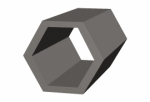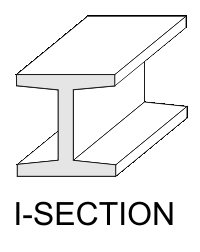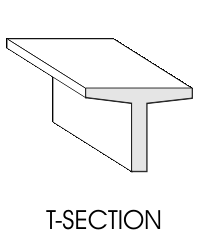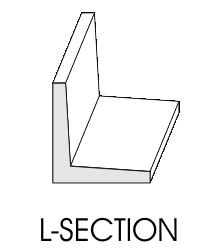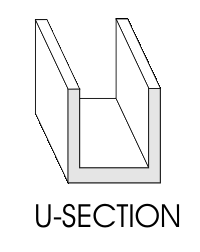If you use metals as part of a practical project a knowledge of the shape or ‘section’ of lengths of metals is important. The diagrams below show examples of solid lengths and also tubes. When you order metals you need to describe the section you want. The sections shown below are the most common.
SECTIONS - SOLIDS AND TUBES
ROUND SECTION
HEXAGONAL SECTION
SQUARE SECTION
L-SECTION

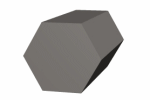


ROUND TUBE
HEXAGONAL TUBE
SQUARE TUBE
L-SECTION TUBE

